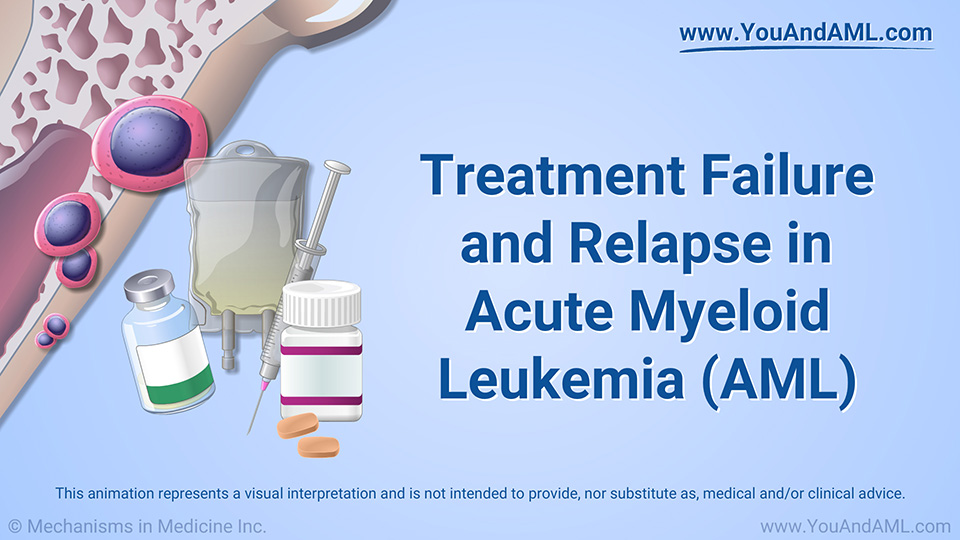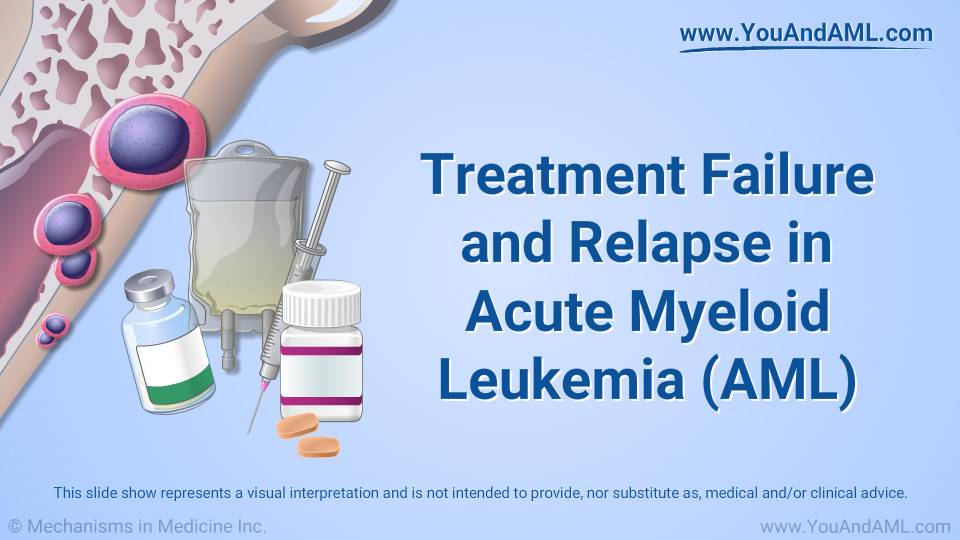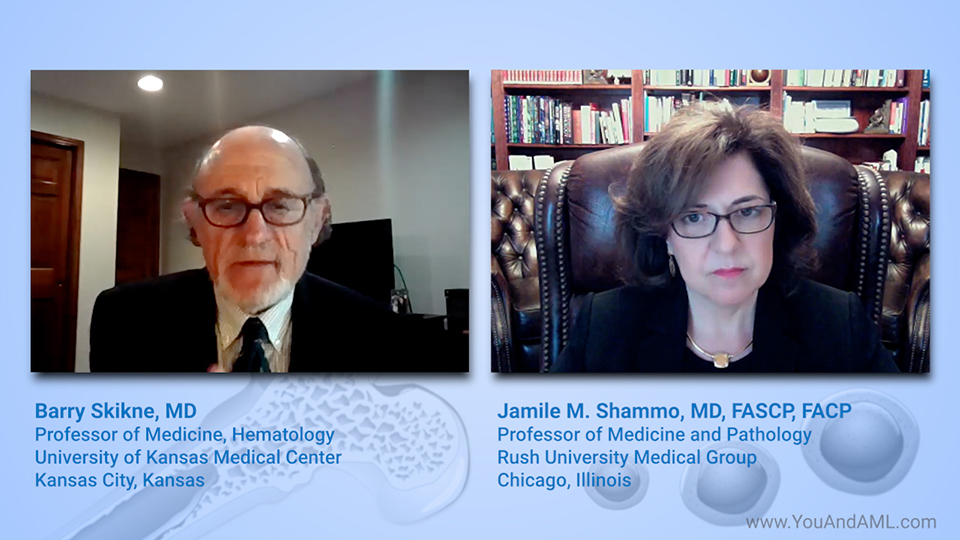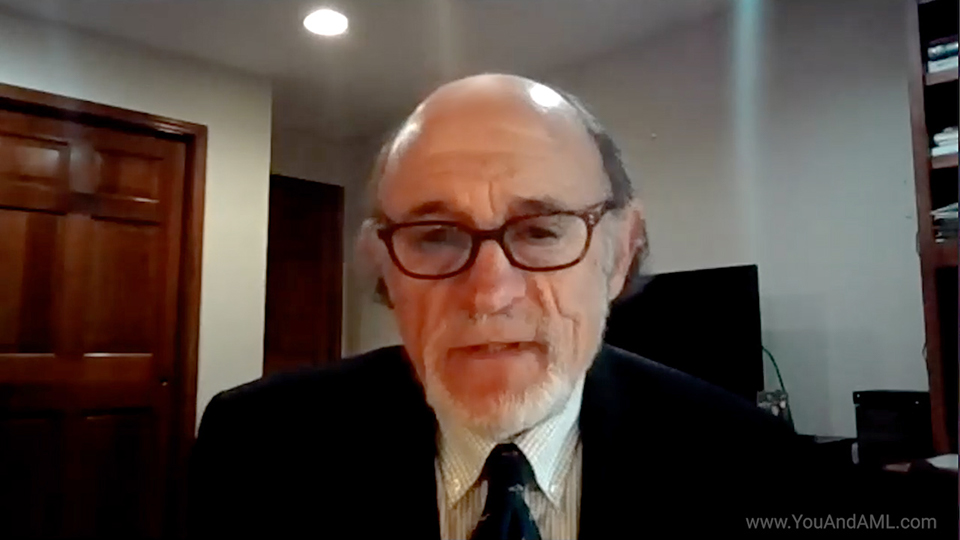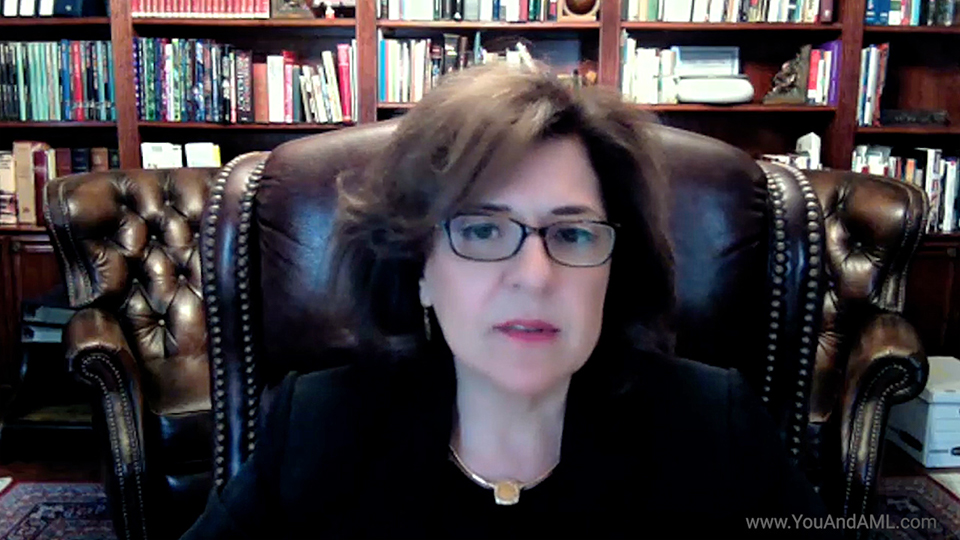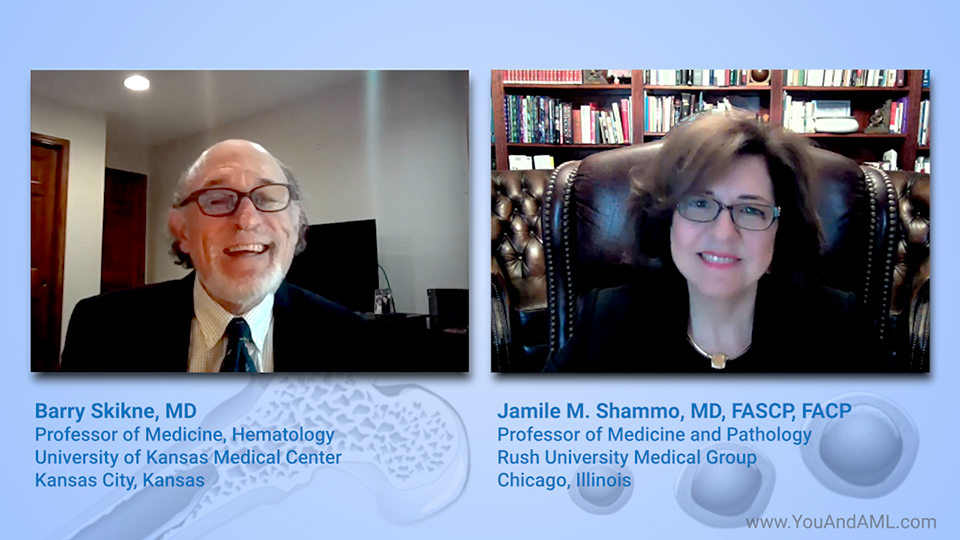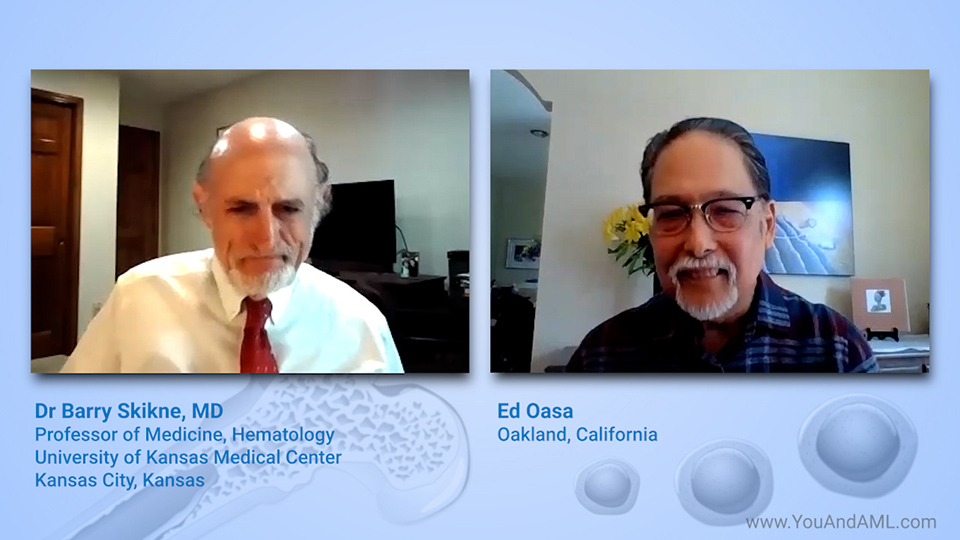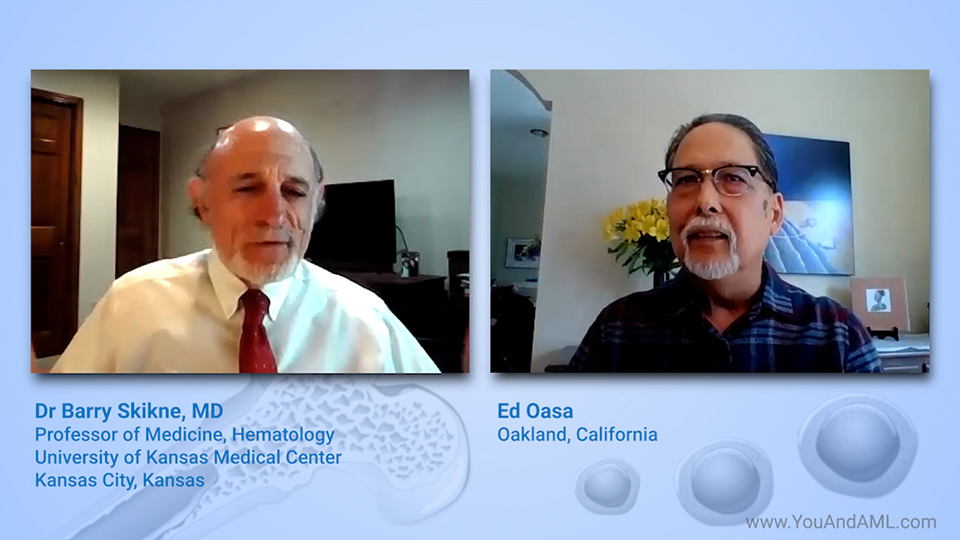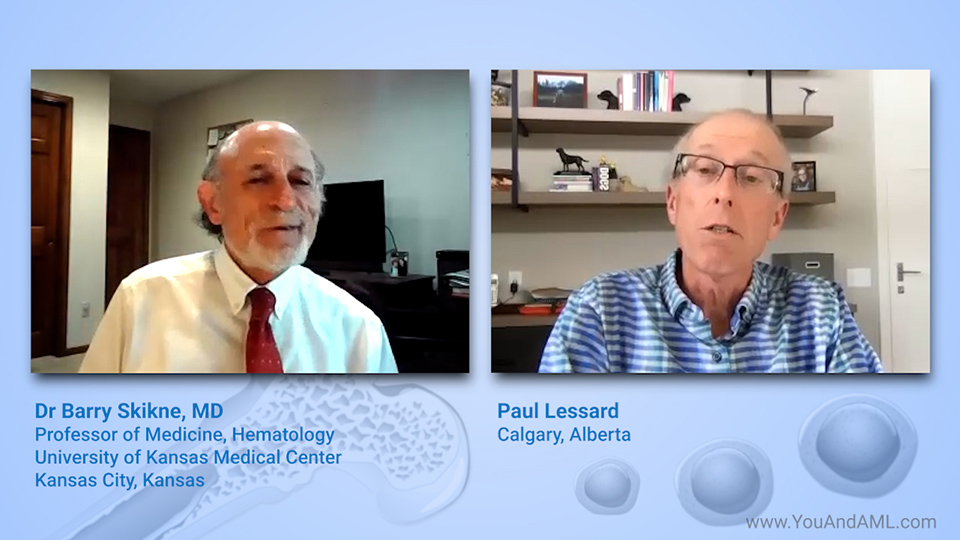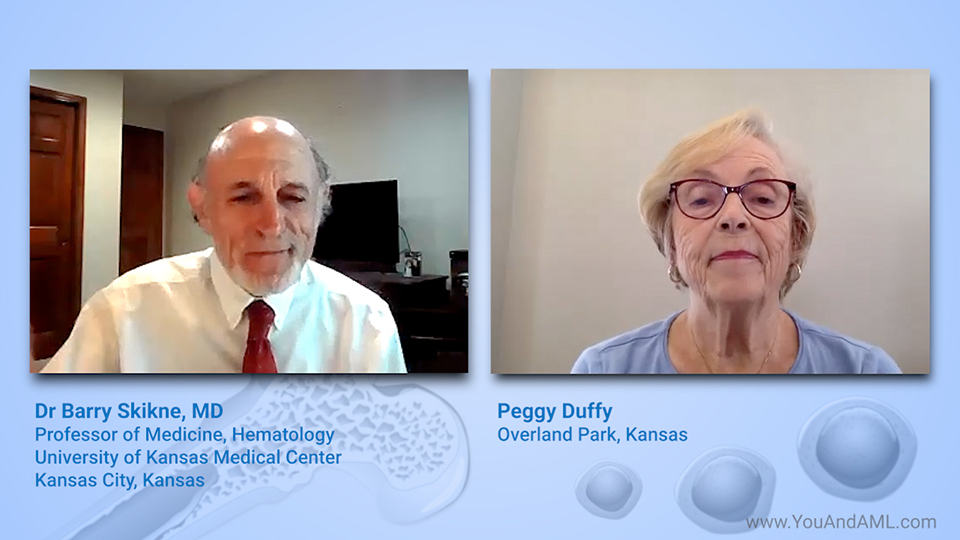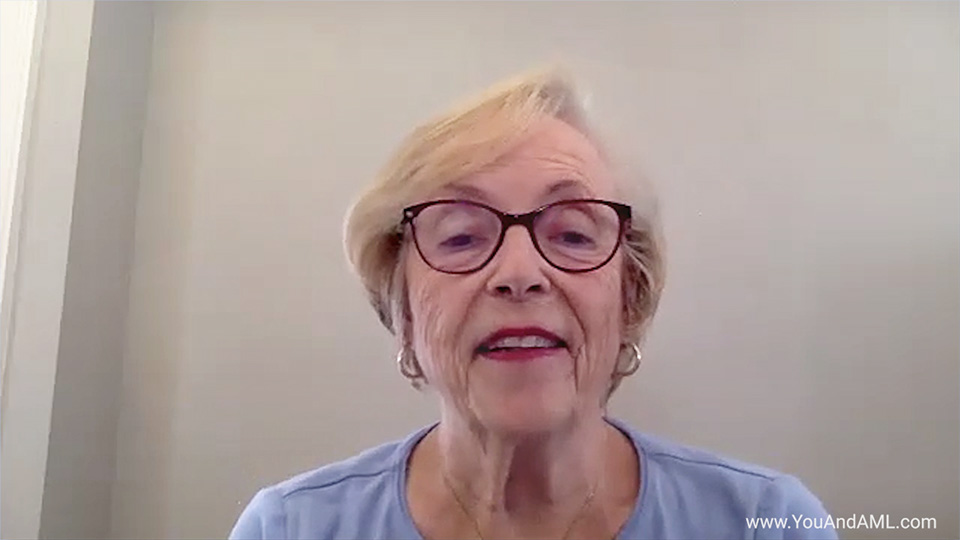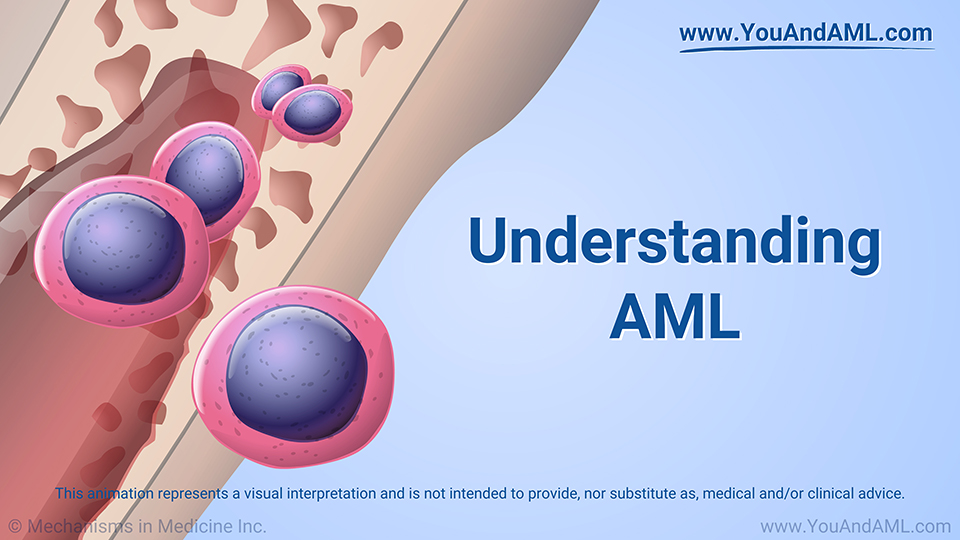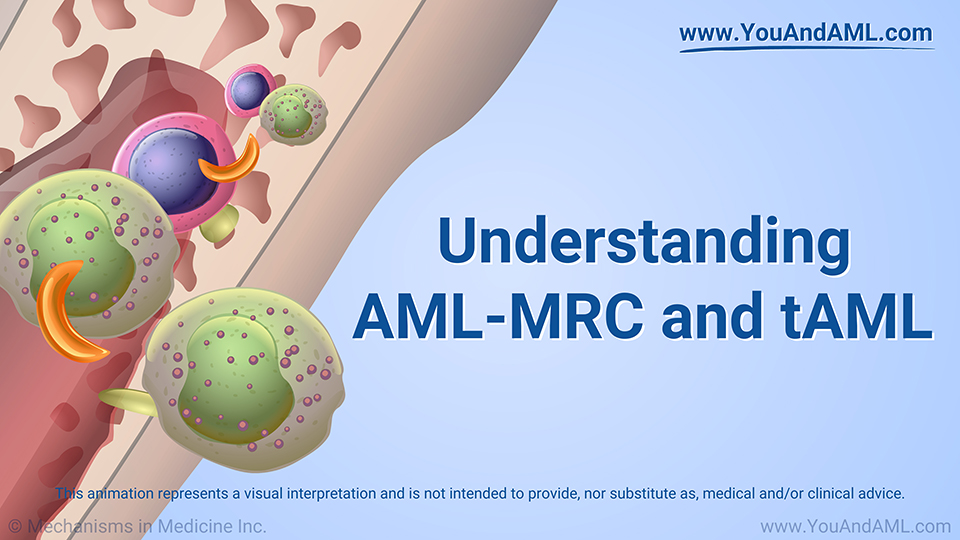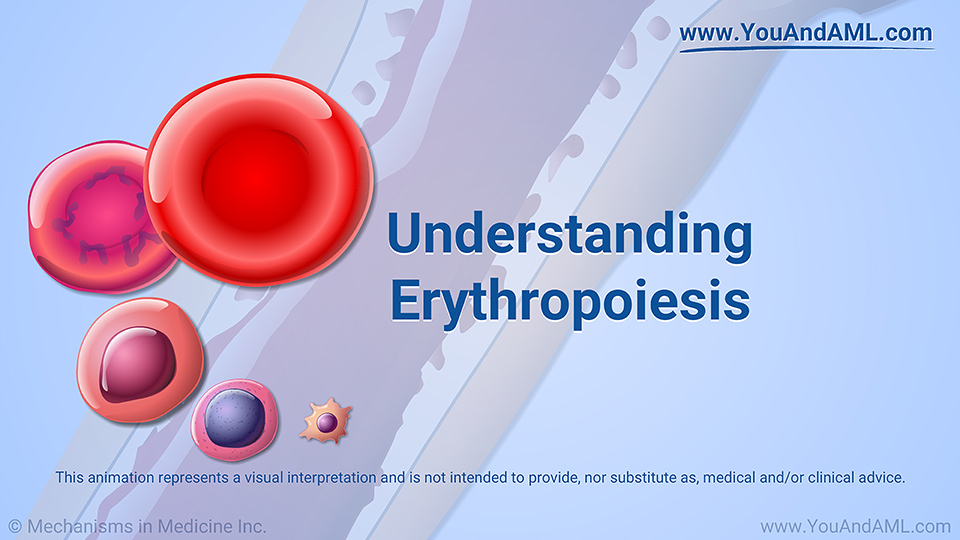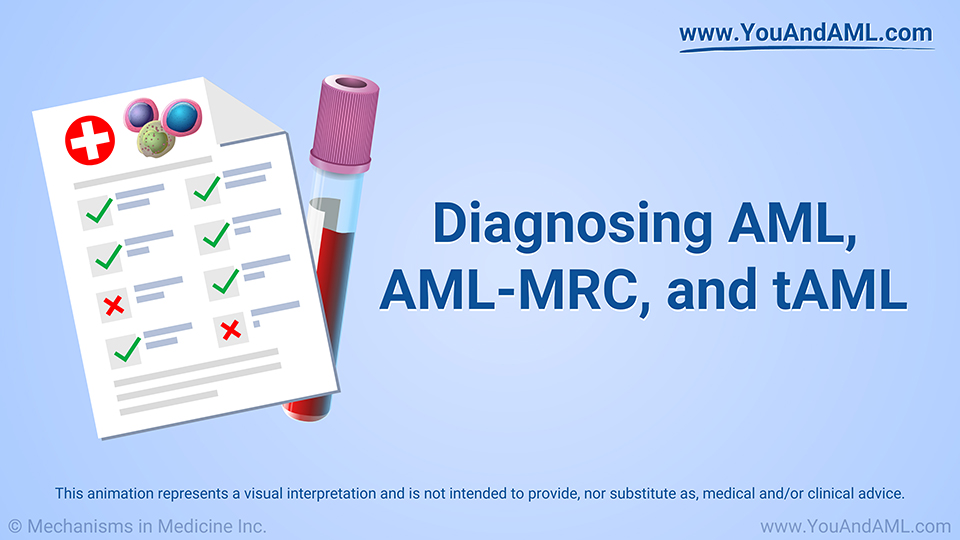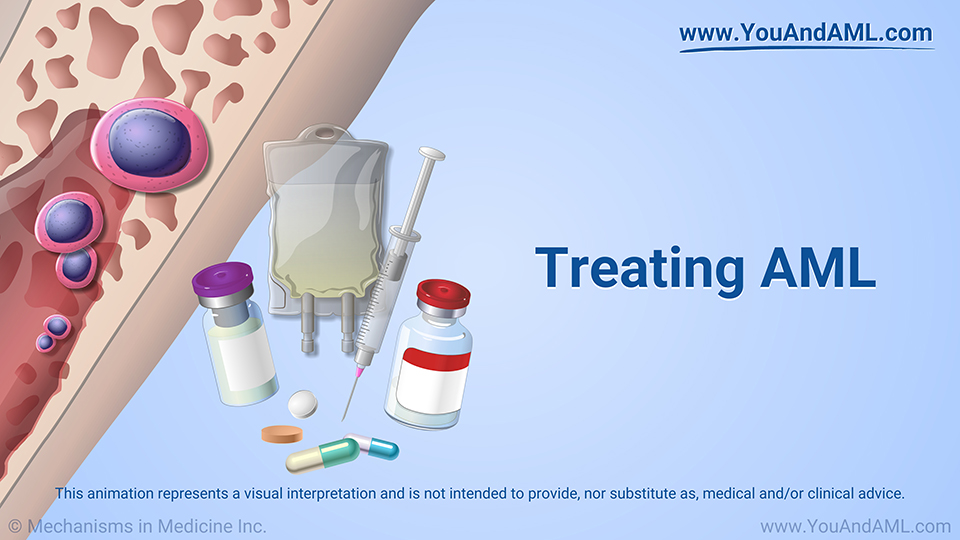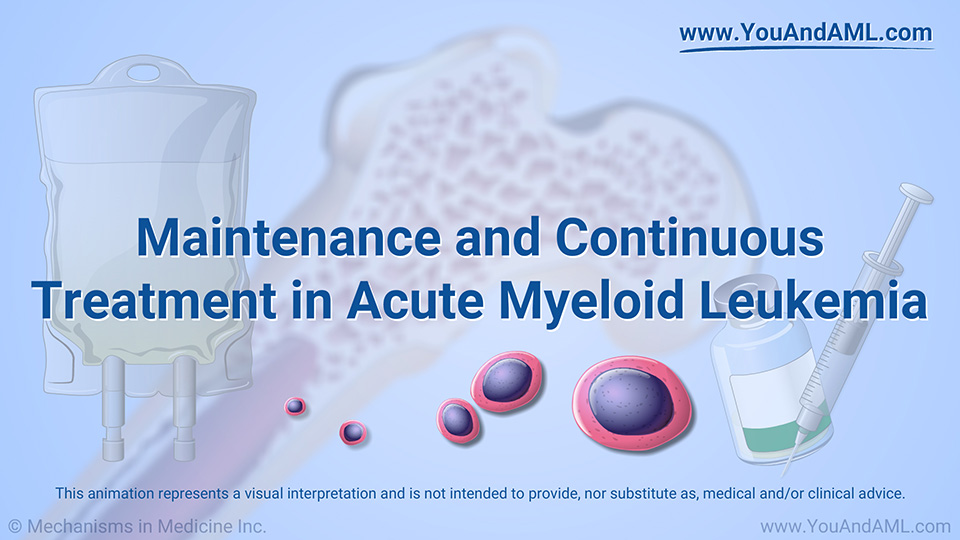Treatment Failure and Relapse in Acute Myeloid Leukemia (AML)
*Please note: This slide show represents a visual interpretation and is not intended to provide, nor substitute as, medical and/or clinical advice.
What is AML treatment failure?
Treatment failure occurs when your AML treatment does not succeed in eliminating all the leukemia from your bone marrow after initial therapy, also known as induction chemotherapy. It could also mean that the leukemia recurred (relapsed) after being well controlled after chemotherapy and entering a state known as remission.
What is complete remission in AML?
Complete remission occurs when myeloblasts (leukemic cells) represent less than 5 percent of the cells in your bone marrow when examined under a microscope. It also means that your blood counts have met certain parameters that are near normal.
How often does AML relapse occur?
Unfortunately, relapse is common in AML. About half of people who go into remission will have a relapse of their leukemia.
Once AML relapses, it is much more difficult to control. Only about one-third of people have another remission with treatment.
Age and AML treatment failure
Treatment failure in the form of primary resistance to chemotherapy, where chemotherapy does not eliminate the leukemia after induction, is less common in people under 60. Only about 35 percent do not achieve remission in this age group.1 This means 3 or 4 of every 10 younger patients will experience treatment failure.
Age and AML treatment failure
In people over 60, treatment failure may be close to 50 percent. This may happen because the AML is more resistant to treatment than in younger people, the type of leukemia is different, or older adults have other diseases besides AML such as myelodysplastic syndromes, heart disease, or diabetes.
Cytogenetics and AML treatment failure
The risk of treatment failure is higher in people with more aggressive subtypes of AML.
More importantly, certain cytogenetic abnormalities may predict a worse outcome as patients may have a more chemo-resistant disease.
Cytogenetics and AML treatment failure
The presence of myelodysplasia-like changes may also indicate a higher risk of treatment failure. Bone marrow may not adequately recover from treatment, increasing the risk of serious infections or bleeding problems.
Knowing your AML risk group
Based on the genetics of your AML, doctors will classify your likely treatment outcome as favorable, intermediate, or adverse (good, medium, or poor).
Along with your age and other factors (such as your general health), your risk group helps determine your treatment plan.
When is AML considered cured?
Doctors consider AML cured after you are in remission for 5 years. If AML comes back during this 5-year period, it has relapsed.
The time between complete remission and a relapse is important. A relapse within 6 months indicates that the AML is more aggressive and less likely to be cured.2 A relapse occurring after about 18 months of complete remission is more likely to respond to treatment.
Maintenance therapy for remission
After entering remission, your doctor may recommend maintenance therapy. The goal is to help prevent or reduce risk of relapse.
Genetics that increase risk
Certain cytogenetic and molecular abnormalities increase the risk of treatment failure.3 The cytogenetic abnormalities include involvement of chromosomes 5, 7, 17 and 3, when certain translocations are present, and when 3 or more chromosomes are involved.
Genetics that increase risk
Molecular mutations related to poor outcomes include TP53, FLT3-ITD, RUNX1, and ASXL1. However, their effect depends on several factors. It is not unusual to find several mutations occurring at once.
Molecular features that decrease risk
Some mutations may indicate your AML is more likely to be treated successfully, especially those called NPM1 mutations. However, success depends on what other mutations are present.
CEBPA is another mutation that tends to be associated with a good outcome. Certain cytogenetic abnormalities also have good outcomes, including t(8;21), t(15;17), and inv(16).
Managing AML treatment failure
The U.S. Food and Drug Administration, or FDA, has approved several drugs that can be used to treat AML that does not go into remission or comes back after treatment.
Promising treatments
A drug called azacitidine taken as a pill for maintenance therapy can help people survive longer in remission after intensive chemotherapy.4 This drug can prevent or delay relapse and help prolong survival even after AML has relapsed.
Other FDA-approved drugs for relapsed AML
Other FDA-approved drugs for relapsed AML are enasidenib, ivosidenib, midostaurin, and gilteritinib. These drugs work when specific gene mutations are present, including IDH2, IDH1 and FLT-3 mutations.
Other FDA-approved drugs for relapsed AML
Another agent, gemtuzumab ozogamicin, is an antibody that attaches to a specific surface marker known as CD33 that is often present on AML cells. Then it delivers a chemotherapy drug into the cell.
Venetoclax is approved for newly diagnosed AML in combination with azacitidine, decitabine or low-dose cytarabine in adults 75 years or older, or with comorbidities that limit the use of intensive induction chemotherapy.
Other options for AML treatment failure
A stem cell transplant should always be considered when AML is diagnosed. It may be the best option for curing AML. The best time is after remission and one or two rounds of consolidation therapy. A stem cell transplant should also be considered when AML relapses, particularly if remission is achieved again.
A stem cell transplant when AML is not in remission is unlikely to be successful. Most transplant centers will require that you are back in remission or have very limited amounts of AML for a successful transplant.
Other options for AML treatment failure
Whenever possible, it is important to join a clinical trial for a new AML treatment. The knowledge gained helps to advance treatment for persons with AML.5
It is important to discuss all your treatment options with your doctor or cancer care team.
References
- National Cancer Institute, US National Institutes of Health. Acute myeloid leukemia treatment (PDQ®)–Patient Version. Last revised: October 1, 2021.
https://www.cancer.gov/types/leukemia/patient/adult-aml-treatment-pdq
-
Bose P, Vachhani P, Cortes JE. Treatment of relapsed/refractory acute myeloid leukemia. Curr Treat Options Oncol. 2017;18(3):17.
-
Samdani A, Vijapurkar U, Grimm MA, et al. Cytogenetics and P-glycoprotein (PGP) are independent predictors of treatment outcome in acute myeloid leukemia (AML). Leuk Res. 1996;20(2):175-180.
- National Cancer Institute, US National Institutes of Health. Maintenance therapy with CC-486 extends survival of adults with AML. Last revised: January 16, 2020.
https://www.cancer.gov/news-events/cancer-currents-blog/2020/cc-486-aml-improves-survival-maintenance-therapy
-
Leukemia and Lymphoma Society. Relapsed and refractory AML. Accessed: June 3, 2021.
https://www.lls.org/leukemia/acute-myeloid-leukemia/treatment/relapsed-and-refractory
This slide show provides an overview of
treatment failure and relapse in
acute myeloid leukemia (
AML). Treatment failure occurs when your AML treatment is not successful in eliminating all the leukemia from your bone marrow after initial therapy (induction chemotherapy). It could also mean that the leukemia came back (
relapsed) after being well controlled after chemotherapy and entering a state known as
remission. You can learn about how often AML relapse occurs, who is at risk, why complete remission is less common in older adults, as well as cytogenetics and AML treatment failure.
-
Share with family and friends:
Click here to take our SURVEY
Your feedback is important to us! We will use your feedback to develop future areas of content about AML which will help other patients, caregivers and families.
